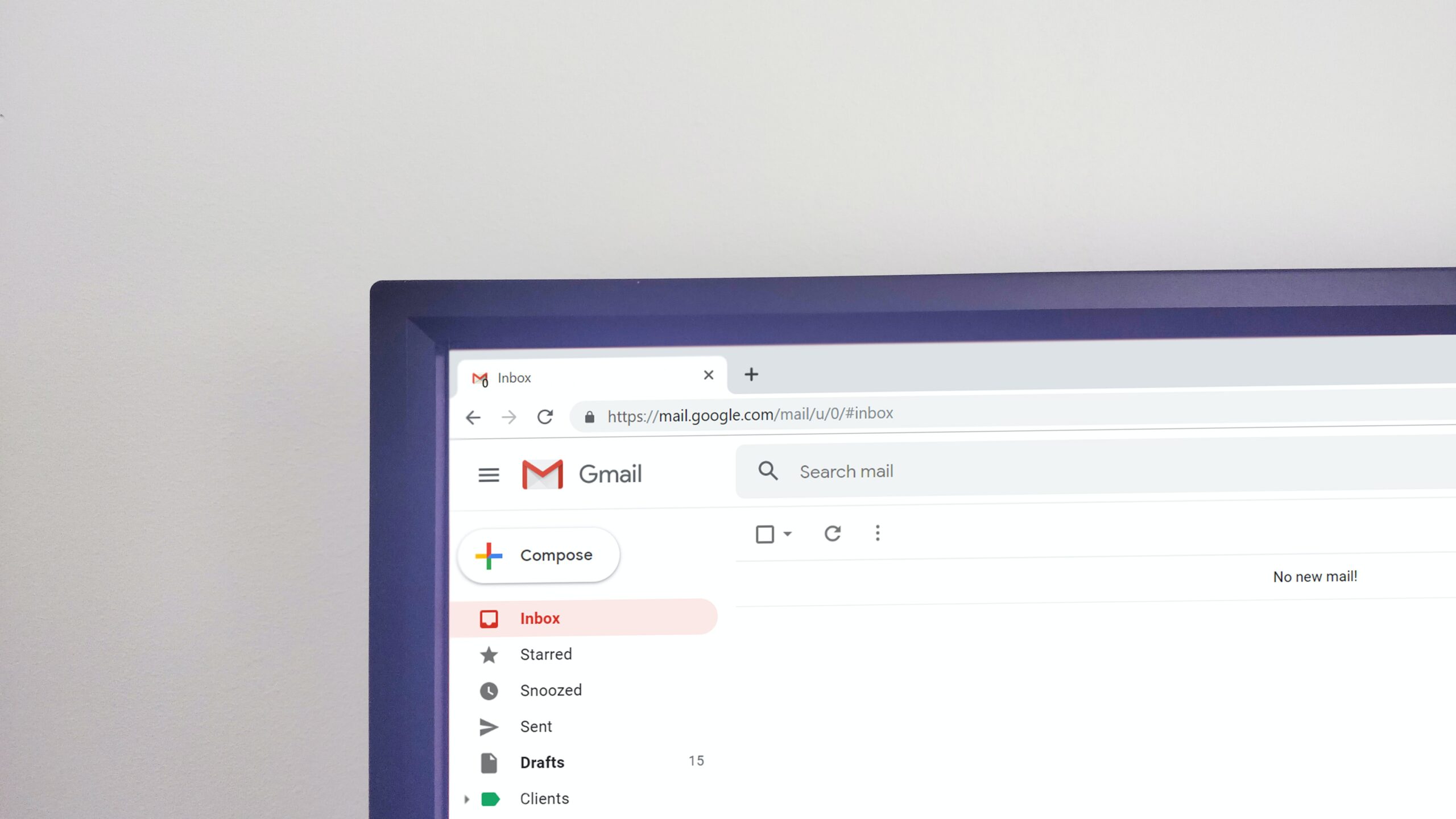- For lead generation: Marketing teams with lead nurturing campaigns average 45 percent higher ROI than teams without.
- For onboarding customers: Automated emails helped ContactMonkey to cut time spent on the phone with new clients and save between $12,000 and $15,000 a month.

Consistency Builds Trust
The customer journey is a winding, nonlinear series of actions that eventually leads to a purchase. But if you persuade people to opt in to your email campaign, you will have significantly more control over the steps those customers take. Using automation rules, marketers can map out the ideal series of decisions customers would make and then nudge them along that path over the course of their journey. If the campaign is built well, the customer will develop an affinity for the helpful information you’re delivering, and eventually, an affinity for your brand. In a survey of over 27,000 people across 14 different industries, McKinsey & Company found that “maximizing satisfaction with customer journeys has the potential not only to increase customer satisfaction by 20 percent but also to lift revenue by up to 15 percent.” The researchers also said that consistency is an important predictor of “overall customer experience and loyalty.” The customer’s need for consistency only emphasizes the importance of strategic automation. Of course, the customer journey encompasses more than just email, but with over 70 percent of people confirming email as their preferred communication channel, it is perhaps the most common touch point.The Customer Journey Consists of Micro-Yeses
“The funnel . . . should be thought of as a representation of what is at the heart of marketing — a series of decisions,” says Flint Mcglaughlin, managing director and CEO of MECLABS. Mcglaughlin’s theory of “micro-yeses” states that each time a customer interacts with a brand a positive decision is made. It takes a series of positive decisions to reach a “macro-yes” which is the decision someone makes to commit to your brand and become your customer. Similarly, Google’s advertising division has begun to focus heavily on “micro-moments.” Micro-moments refer to the many decision points along the customer journey, beginning when someone searches the internet with intent to commit an action — e.g. to buy something or learn something. Micro-moments happen all the time, and people expect relevance from any brand they encounter during these periods of heightened intent. Google’s micro-moment strategy focuses heavily on advertising (because that’s how Google makes money), but it’s also applicable to drip campaigns. People check email on their devices a lot, and Google estimates that 90 percent of people “use their smartphone to make progress toward a long term goal or multi-step process.” Building thoughtful drip campaigns shaped to the interests of your audience reinforces your relevance during critical micro-moments. Every time someone opens one of your emails and clicks through, they’ll move one step closer to becoming a customer. The nature of drip-automated campaigns perfectly corresponds with the nature of micro-yeses. A series of spaced out interactions, each of which is only a small ask, is a perfect way to drive demand for your product or service.3 Principles of Compelling Drip Campaigns
Understanding why automation works well for email is one thing, but putting it into practice is another. When you’re building drip campaigns, there are three main principles to remember: 1. Make the value of each interaction clear for your audience. 2. Build momentum toward an end goal. 3. Above all, make sure each email is relevant. These principles are applied differently in the B2B world than in B2C. Unlike e-commerce stores, you can’t throw in a discount to underscore value or use past purchase history to make a recommendation for new products. B2B marketers build a much different type of relationship with their audience than retailers; purchasing new software is fraught with political, financial, and professional risks. To illustrate how the three principles above shape an effective drip campaign, here are some examples from leading app integration vendor Zapier. Zapier uses drip campaigns to automate engagement at various stages of the customer journey. Clarify the Value of Each Interaction New subscribers to the Zapier blog receive this email: The copy in the beginning of the email sets the tone for this stage of the relationship by promising actionable content two to three times per week. Zapier also outlines their mission to create content with “advice that will help you work effectively and efficiently.”
This introduction makes the value of engaging with Zapier’s content obvious, which sets the stage for future micro-yeses.
After the intro email, Zapier makes good on their promise and starts sending well-written content on the previously stated schedule.
The copy in the beginning of the email sets the tone for this stage of the relationship by promising actionable content two to three times per week. Zapier also outlines their mission to create content with “advice that will help you work effectively and efficiently.”
This introduction makes the value of engaging with Zapier’s content obvious, which sets the stage for future micro-yeses.
After the intro email, Zapier makes good on their promise and starts sending well-written content on the previously stated schedule.
 Because of the quality of the content, a certain percentage of readers will trust Zapier enough to try start a free trial with their software after a period of time.
Using drip campaigns for delivering content and building trust is the crux of many early stage customer-business relationships. It leads to the next step of the journey and the next principles:
Always Build Momentum
After signing up for a free trial, Zapier begins using automation for their onboarding emails:
Because of the quality of the content, a certain percentage of readers will trust Zapier enough to try start a free trial with their software after a period of time.
Using drip campaigns for delivering content and building trust is the crux of many early stage customer-business relationships. It leads to the next step of the journey and the next principles:
Always Build Momentum
After signing up for a free trial, Zapier begins using automation for their onboarding emails:
 By signing up for a free trial, the user has completed a significant interaction with the company, and the content of the drip campaigns reflects a different, more focused type of conversation. Where the purpose of the micro-yeses in the previous part of the funnel was purely interactional, the goal here is to engender knowledge and usage of Zapier’s product.
The goal of building momentum is clear from the very beginning of this email series. The emails are numbered one through five, and the copy in each message continues to support the benefits of using Zapier (“automatically send data between 400 apps”), directing recipients to open Zapier and perform the action while reading the email.
Creating drip campaigns with a definitive goal is paramount. Unless you have a concrete call to action for your micro-yeses — in this case using Zapier to build automated transfer processes between apps — you might be blowing your chance to convert audience members into paying customers.
Make Each Email Relevant
Marketers are constantly admonished to pass only the most relevant information to their customers. The simplest way to do this is to create automated emails in response to customer behavior.
For example, when a reader subscribes to the Zapier blog, they don’t get an avalanche of Zapier product information; they receive a thank you letter that promises more of what made them sign up in the first place.
åOnly when they sign up for a free trial does the product heavy information start to flow. Zapier even adjusts their drip campaigns to non-response leads in this stage of the funnel. If you don’t complete all the actions outlined in the onboarding emails, you receive this email from Zapier a few weeks later.
By signing up for a free trial, the user has completed a significant interaction with the company, and the content of the drip campaigns reflects a different, more focused type of conversation. Where the purpose of the micro-yeses in the previous part of the funnel was purely interactional, the goal here is to engender knowledge and usage of Zapier’s product.
The goal of building momentum is clear from the very beginning of this email series. The emails are numbered one through five, and the copy in each message continues to support the benefits of using Zapier (“automatically send data between 400 apps”), directing recipients to open Zapier and perform the action while reading the email.
Creating drip campaigns with a definitive goal is paramount. Unless you have a concrete call to action for your micro-yeses — in this case using Zapier to build automated transfer processes between apps — you might be blowing your chance to convert audience members into paying customers.
Make Each Email Relevant
Marketers are constantly admonished to pass only the most relevant information to their customers. The simplest way to do this is to create automated emails in response to customer behavior.
For example, when a reader subscribes to the Zapier blog, they don’t get an avalanche of Zapier product information; they receive a thank you letter that promises more of what made them sign up in the first place.
åOnly when they sign up for a free trial does the product heavy information start to flow. Zapier even adjusts their drip campaigns to non-response leads in this stage of the funnel. If you don’t complete all the actions outlined in the onboarding emails, you receive this email from Zapier a few weeks later.
 By reacting directly to the customer’s behavior, Zapier keeps every email exceptionally relevant — a system powered by their intelligent use of drip campaigns.
By reacting directly to the customer’s behavior, Zapier keeps every email exceptionally relevant — a system powered by their intelligent use of drip campaigns.
* * *
From political committees to software vendors, organizations of all kinds still rely on email as the primary medium of communication with their constituents and customers. That’s because email remains the most accessible, personal way to speak directly to a large group. Effective use of drip campaigns can make or break your email strategy. Zapier provides B2B marketers with an effective framework for winning micro-yeses, building momentum, and maintaining relevance. Follow those three principles, and you’ll be well on your way to realizing email’s full potential.




